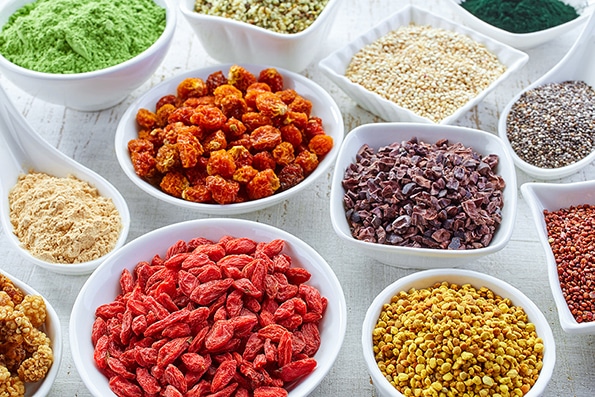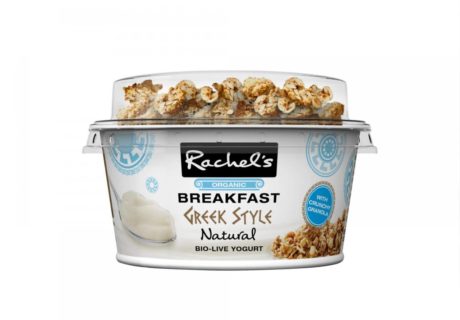Mintel Global New Products Database (GNPD) has highlighted the continuing popularity of superfoods, revealing that between 2011 and 2015 there was a massive 202% increase globally in the number of new food and drink products launched containing the terms ‘superfood’, ‘superfruit’ or ‘supergrain’.
The research found that in 2015 alone there was a 36% rise in the number of food and drink products launched globally featuring these terms, with the US playing host to the most launches (30%), followed by Australia (10%), Germany (7%), the UK (6%) and Canada (6%).
And superfoods have spread beyond food and drink. While 43% of products launched with the aforementioned terms in the product description were in the food category between 2011 and 2015 and 11% fell under the drink category, as many as 30% were found in beauty and personal care, while 12% were in the health and hygiene category and 4% were in the pet category.
Stephanie Mattucci, Global Food Science Analyst at Mintel, said: “The popularity of ‘super’ products is clear as food and drink manufacturers globally are tapping into a demand for these nutritionally dense ingredients. But superfoods are not only limited to food and drink, they are regularly springing up in the beauty, health and hygiene and pet food aisles as a result of today’s consumers becoming much more aware of what they are putting into and onto their bodies.”
In particular, the trend towards a wheat-free diet has resulted in a growing number of products containing the ‘supergrains’ ancient grains. And whilst quinoa and buckwheat have all become household names in recent years, it’s chia which has seen the biggest rise in usage. Between 2014 and 2015, there was a 70% increase in the percentage of food and drink products launched containing chia, whilst the percentage of food and drink products containing teff rose by 31%. Meanwhile, the percentage of food and drink products containing quinoa rose by 27%.”
She continues: “Whilst the number of products containing ancient grains have been rising, next we could see the popularity of sprouting ancient grains. The ancient, accidental process of sprouting, where whole grains are soaked and left to germinate has largely been eliminated by modern processing techniques. There has been a return to this ancient practice, with controlled ‘sprouting’ practices being introduced, as the nutritive advantage of sprouted grains is being recognised. The ancient grain quinoa is leading the comeback of sprouted grains.”
The research also reveals that super seeds have seen an uptick in usage too. Over the past two years, the percentage of food and drink products containing chia seeds has risen by 70%, whilst the percentage containing pumpkin seeds has grown by 27% and the percentage of food and drink products containing sunflower seeds has grown by 22%.
“Some seeds, including chia and pumpkin seeds, offer complete protein, with all nine essential amino acids in the correct ratios. However, a lot of protein from seeds is incomplete. Blending seeds can help improve the quality of protein,” Mattucci says.
Turmeric, known for its anti-inflammatory benefits, and moringa, said to have beauty and anti-aging properties, are the ones to watch in future, says Mintel. “Turmeric has potential as an ingredient in supplements and functional food and drink products, particularly within products aimed at the growing senior population. Additionally, moringa could be used in anti-ageing beauty food products. Whilst currently the ingredient is used in many beauty launches, the leaves are nutritional powerhouses,” Mattucci concludes.




